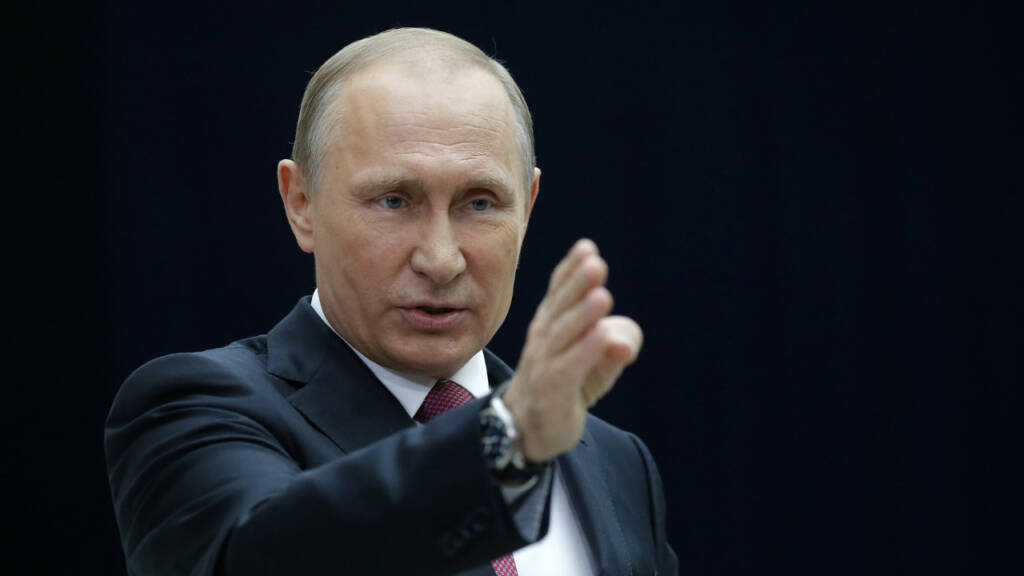After the Ukraine war, the situation has only worsened with recent actions taken by the United States.
We have previously told our readers how the US had deployed its troops to bases near Russia’s border with Finland. It was a major blunder on the part of the US administration. The Nordic countries, including Finland, have historically maintained a pro-Russian position and have not participated in anti-Russian activities. However, the deployment of troops near the Finnish border had the potential to be considered another provocative move by Russia, and it could only increase tensions between the two countries. Now it looks like the US did provoke Russia, and the result is finally here for all of us to see.
Read More: As the Ukraine war draws to a close, Biden marinates Finland for a Russian roast
Russia strikes back
As it turns out, the US actions have caused Russia to become increasingly concerned, potentially leading to its withdrawal from the Treaty on Conventional Armed Forces. As per a report, Russia has indicated its intention to formally withdraw from the Treaty on Conventional Armed Forces in Europe (CFE), a military transparency agreement that is currently suspended. Deputy Foreign Minister Sergey Ryabkov has been selected by President Vladimir Putin to supervise the procedure in the Russian parliament.
Despite Finland’s historically neutral and independent position, the United States pushed for a new defense cooperation agreement with the country, which could lead to the building of a large military infrastructure on Finnish soil. This action, which is similar to the U.S. attempts to push Norway into a conflict with Russia, could not have gone without consequences.
Russia has long accused the West of trying to encircle it with NATO soldiers. The ongoing talks between the U.S. and the Nordic countries, including Finland, Sweden, and Denmark, to establish DCAs were just another provocation for Russia.
The situation has now been further complicated by the potential withdrawal of Russia from the Treaty on Conventional Armed Forces in Europe (CFE). This treaty, which was signed in 1992, limited key armaments from the Atlantic Ocean to the Ural Mountains between NATO and the Warsaw Treaty Organisation. These constraints were intended to impede each bloc’s ability to launch surprise attacks or large-scale offensives. The agreement set limits for the deployment of conventional forces on the European continent and established various transparency mechanisms, such as on-site verification inspections.
The treaty has been crucial in reducing tensions and creating stability in Europe, but it is now being threatened by recent actions.
Russia has indicated that it may withdraw from the treaty as the United States has continued to ignore its concerns regarding the deployment of troops and military infrastructure near its borders. This action would remove the constraints that have been in place for decades and could lead to an increase in conventional military forces in Europe, potentially causing a dangerous arms race.
The U.S. actions in pushing for DCAs and deploying troops near Russian borders will only worsen the ongoing tensions between the West and Russia. The situation in Ukraine has already resulted in countless deaths and an economic catastrophe. Now, the potential for a similar fate to befall Finland is looming ominously, thanks to the US.
Read More: The EU had a ‘Classified Alliance’ with Russia all this long
Now, a draught law on Russia’s withdrawal from the CFE treaty could be introduced as early as this week, as per the report. The CFE treaty was one of the cornerstones of the attempted de-escalation of tensions between the Warsaw Pact bloc and NATO during the final days of the USSR. Now, if Russia withdraws, the situation is only bound to get worse, and it will be Europe that faces the heat first. The US’ recklessness will only cost the West dearly and exacerbate the situation further.
https://www.youtube.com/watch?v=ovD6-l8XMB0
